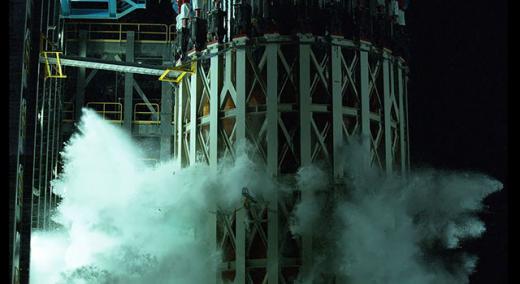On June 24, 2020, engineers completed the Space Launch System (SLS) rocket’s structural testing campaign for the Artemis lunar missions by testing the liquid oxygen structural test article to find its point of failure.
|
ADVERTISEMENT |
“The Space Launch System and Marshall test team have done a tremendous job of accomplishing this test program, marking a major milestone not only for the SLS program but also for the Artemis program,” says John Honeycutt, the SLS program manager. “From building the test stands, support equipment, and test articles, to conducting the tests and analyzing the data, it is remarkable work that will help send astronauts to the moon.”
…

Add new comment